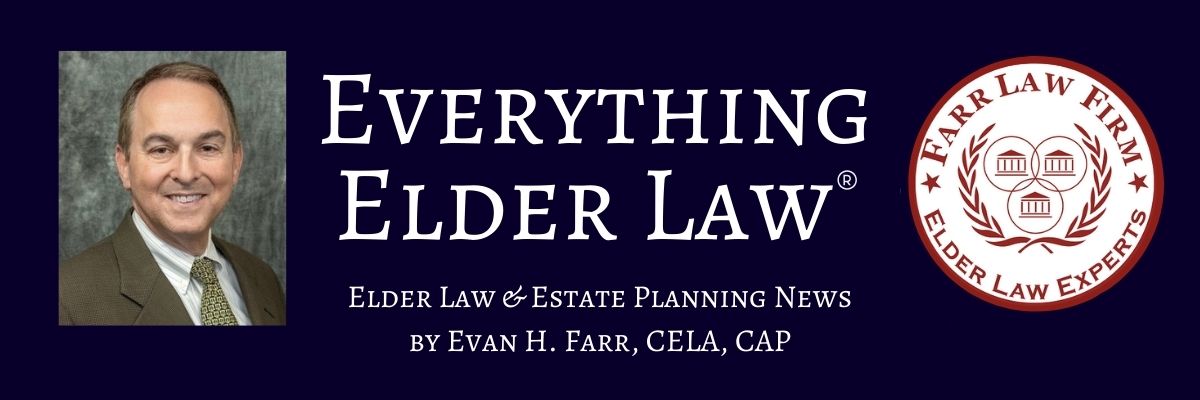Medicare, the federal health insurance program for 53 million people ages 65 and better and those with permanent disabilities, helps to pay for hospital and physician visits, prescription drugs, and other services. Last year, spending on Medicare accounted for 14% of the federal budget; Medicare also played a major role in the health care system, accounting for 20% of total national health spending, 27% of spending on hospital care, and 23% of spending on physician services.
As Medicare turns 49, an annual report, entitled the “2014 Medicare Trustees’ Report” was released yesterday, emphasizing the need for action, sooner rather than later, to sustain the program into the future. Although things look good for now, Treasury Secretary Jacob Lew expresses his concern that Medicare cannot be maintained without legislative changes. He warns that “[T]he pressure on our social insurance programs is growing, and we must make manageable changes now so we do not have to make drastic changes later.”
Below are some of the Trustees’ key findings and projections from the report:
- In 2009, the Trustees projected the Hospital Insurance Trust Fund would not be able to pay its bills in 2017 – just three years from now. Last year’s trustees report set the date at 2026. Today’s new date is 2030, 13 years later than the 2009 projection.
- Spending on Medicare’s Part B program, which covers mainly doctors’ services and outpatient care, significantly slowed last year.
- Medicare Part B premiums are expected to stay at the same level in 2015 as they were in 2013 and 2014 — $104.90 a month.
- More than 340 Accountable Care Organizations have been launched in Medicare in the last three years, providing care for more than 5 million Medicare beneficiaries. These organizations are accountable for the quality and cost of care they provide and have already saved hundreds of millions of dollars.
- The Departments of Health and Human Services and Justice have organized a concerted crackdown on health care fraud, saving a record $19 billion over the past five years and putting in place innovative tools to prevent fraudulent claims from being paid.
- The report also indicated that when it comes to Social Security, the program’s two separate trust funds combined will have enough money to pay all the retirement and disability benefits it owes until 2033, the same time frame as in the last two annual forecasts. They forecast that Social Security will be able to afford checks for retirees and workers’ survivors until 2034 — nearly two decades longer than the part of the program that pays disability benefits.
For more details on the report findings, please read the recent Washington Post article on the subject.
According to the Centers for Medicare and Medicaid Services (CMS), the reasons for Medicare’s lower costs includes changes introduced by the 2010 Affordable Care Act (aka Obamacare) designed to make Medicare more efficient, such as a sharp drop in hospital re-admissions (as a result of the new law) and certain expensive prescription drugs now replaced by less costly generic versions.
However, despite these recent favorable developments, with 64 million Americans expected to be enrolled in Medicare by 2020, Medicare can still face a substantial financial shortfall that will need to be addressed with further legislation as soon as possible.
Understanding Medicare
Millions of older Americans depend on Medicare for guaranteed, affordable health coverage. However, it is important to understand that Medicare, the public health insurance system for seniors over 65 and disabled adults, does not pay one penny for long-term care. Medicare only pays for medical care delivered by doctors and hospitals, and in certain cases short-term rehabilitation which might take place in a nursing home. Medicare covers, at most, 100 days of short-term rehabilitation, and does not cover help with activities of daily life, such as eating and bathing, that the aged can need for years.
In addition, when it comes to Medicaid, it gets very complicated to complete and file the application and, in most cases, it takes an experienced Elder Law firm, such as the Farr Law Firm, to help protect your assets first and then file for Medicaid.
Medicaid Asset Protection
Nursing homes in Northern Virginia cost $10-14,000 a month. To protect your family’s hard earned money and assets from these catastrophic costs, the best time to create your long-term care strategy is NOW. Generally, the earlier someone plans for long-term care needs, the better.
If you have a loved one who is nearing the need for long-term care or already receiving long-term care or if you have not done Long-Term Care Planning, Estate Planning or Incapacity Planning (or had your Planning documents reviewed in the past several years), please call the Fairfax and Fredericksburg Long-Term Care Planning Law Firm of Evan H. Farr, P.C. at 703-691-1888 in Fairfax or 540-479-1435 in Fredericksburg to make an appointment for an introductory consultation.
Print This Page











